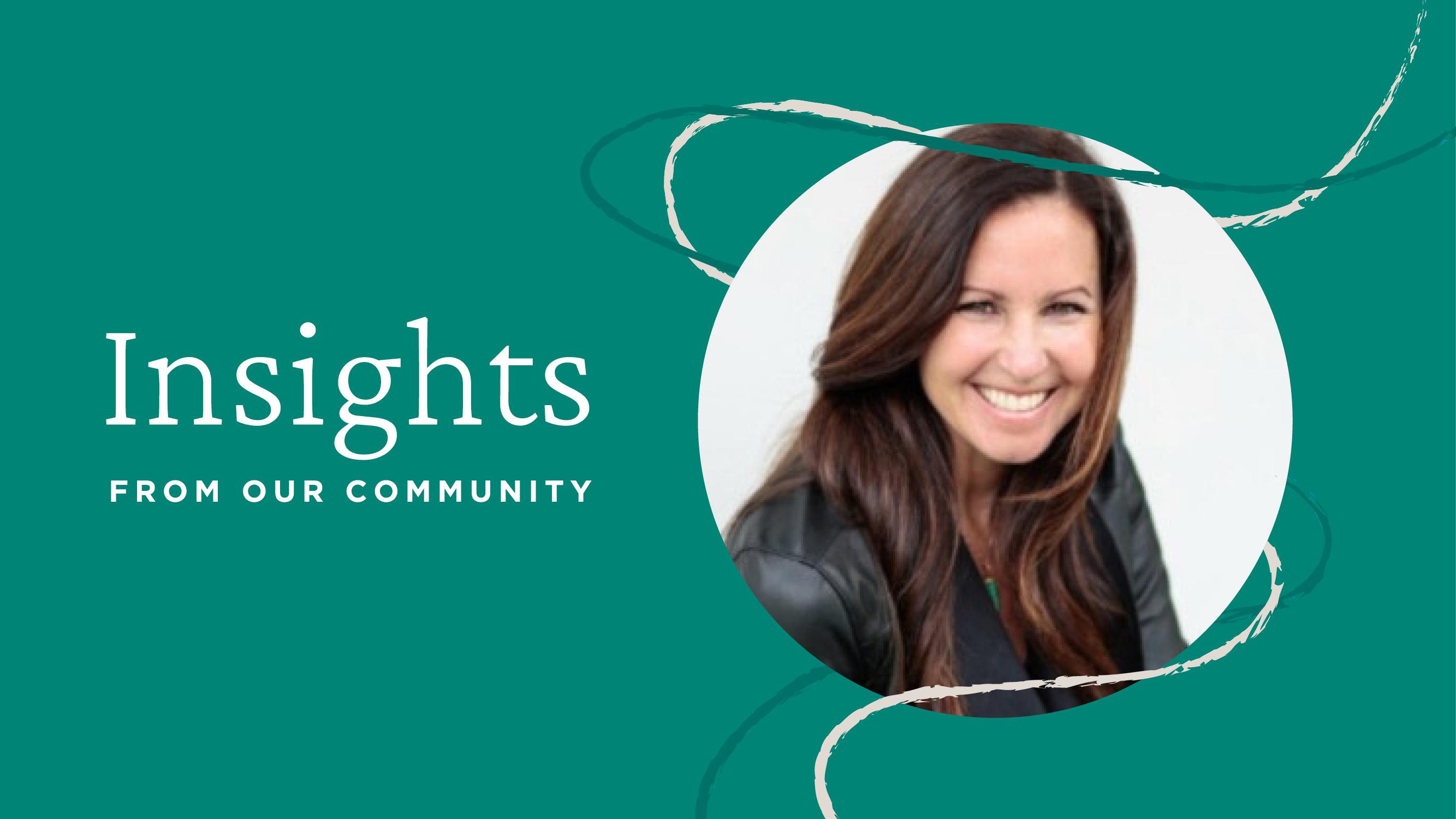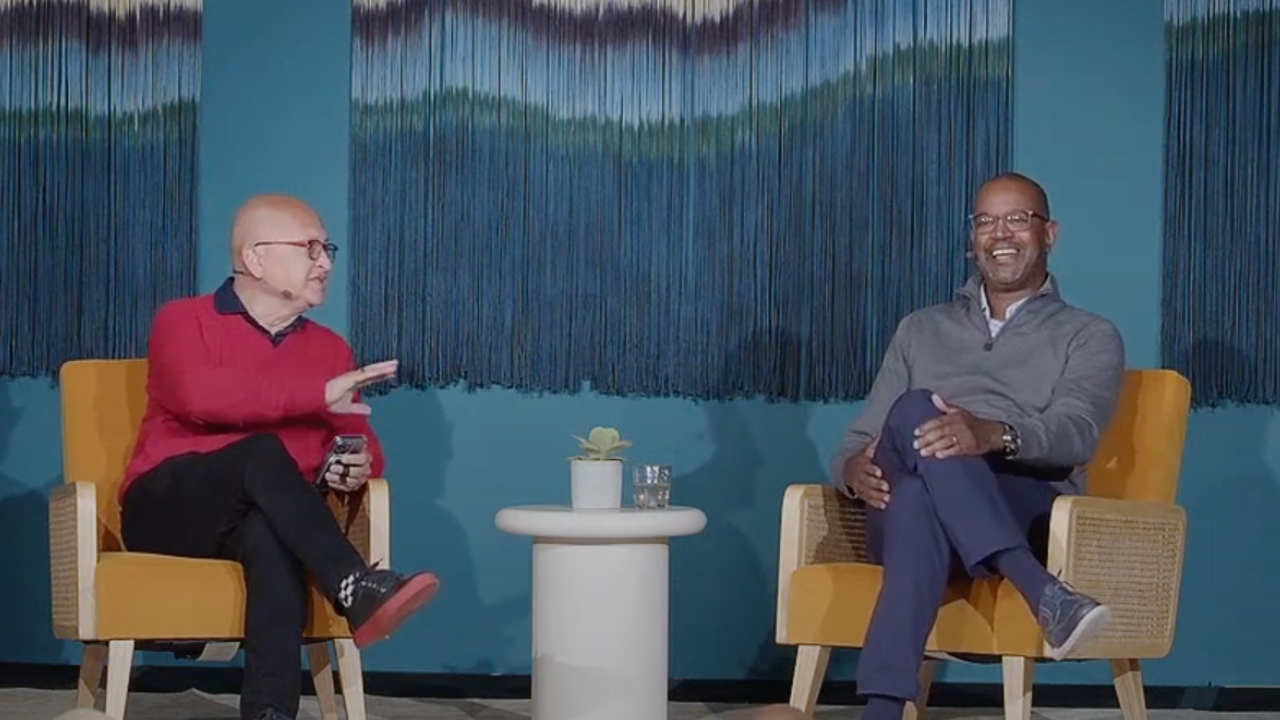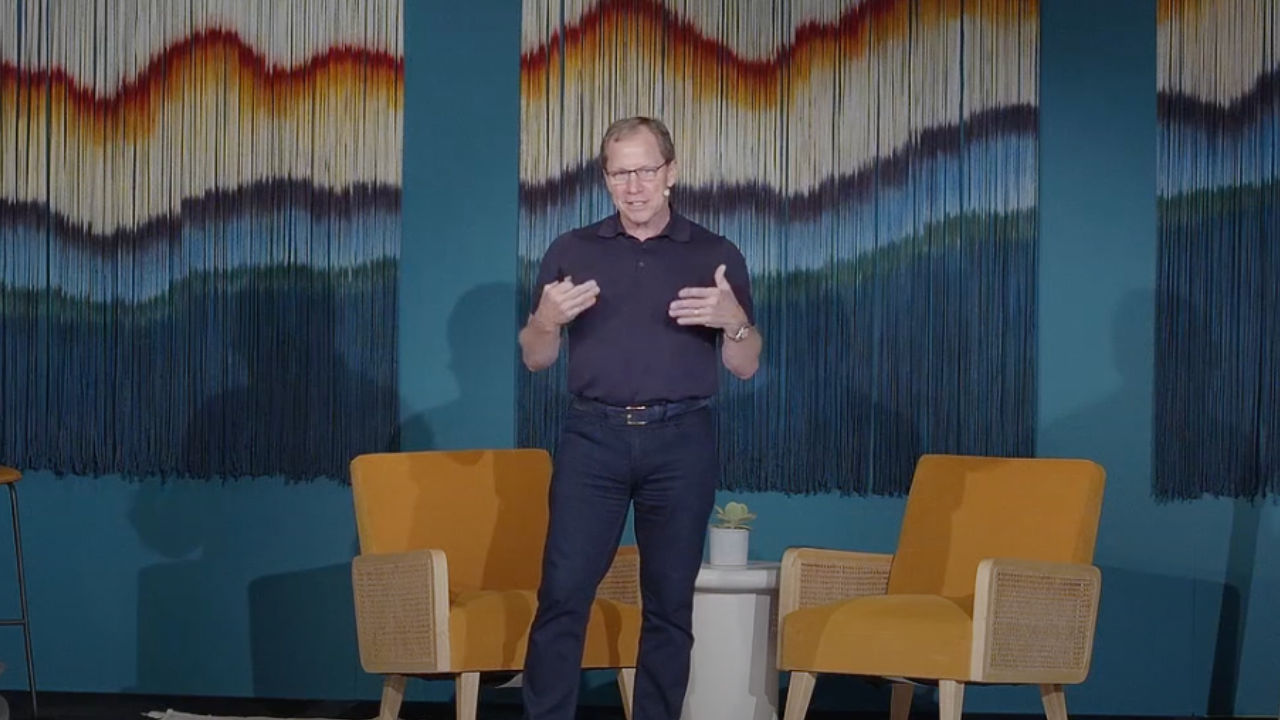This guest blog post comes from Kimberly Bach, Senior Vice President of Customer Success at Dailyhuman and a member of our Senior Leader Network.
As someone working in a fairly new company, how is creating a Conscious Culture from the ground-up different from your previous experiences where you worked to improve an existing culture?
After leading cultural change initiatives for more than 20 years as an HR leader, I joined my first new venture five months ago and am learning quickly that life in a start-up is different.
I have gone from working to improve an existing culture to creating one from the ground up. Here are a few insights (so far) for those of us creating Conscious Cultures.
It’s easier to lay new sidewalk than change what’s already concreted in.
Life in a new company has reminded me of my college-tour of University of Maryland. There was one thing very memorable about that campus — there were no sidewalks yet. The quad was a mess of mud and grass but as our small group stared at the maze of trampled ground, patterns could be observed. The quad was new, and instead of rushing to concrete the pathways, the leaders of the school wanted to see where students would walk on their own. Turns out, students want to get to class quickly and in the absence of external limitations, they carved the most effective routes on their own. The result was a zig-zag sidewalk that may not have looked perfect on a poster, but represented the most effective routes.
Building a culture from scratch feels more efficient in this same way. Without pre-existing habits to combat, new founders get the joy of staying focused on where the team is going and the best way to get there. We have space to work an iterative process before laying processes in concrete. In contrast, changing an existing structure often requires years of consistent effort to replace old behaviors and values with desired ones. As someone who has done both, here’s to all of you ripping up old sidewalks and feeling like a jackhammer would come in handy some days.
Both creating a culture and changing one require making the invisible visible.
If I have learned anything about culture, it’s how difficult it can be to pin down. Like the DNA of a company, culture is deeply embedded into all systems, including goals, roles, attitudes, habits and assumptions. It is both everywhere and nowhere. The invisible power of the default setting reminds me of a parable made famous by the writer David Foster Wallace.
There are these two young fish swimming along, and they happen to meet an older fish swimming the other way, who nods at them and says, “Morning, boys. How’s the water?” And the two young fish swim on for a bit, and then eventually one of them looks over at the other and goes, “What the hell is water?”
Whether your company is new or well established, the process of building culture demands the courage to look at the realities that are sometimes invisible to you as a leader. What consistent patterns are being overlooked or underplayed? How are systems reinforcing or contradicting the values posted on the wall? Which parts of our shared identity that got us here no longer serve where we are going? Wallace reminds us all that the most obvious realities are often the ones that are hardest for us to see, and culture is at the top of that list.
Whether you are renovating an existing structure or building one from scratch, culture is an evolutionary process.
Internal and external changes will continue to shift organizations. As leaders, we will never really be done shaping who we are, how we show up, and where we will go next. Let us keep reminding each other of the primary truth that unifies all transformation regardless of where we are starting- it’s a process, it’s a process, it’s a process.
Kimberly’s mission is make sure anyone who wants to grow has someone in their corner.
Companies are competing in a different world than they were two years ago, and most leaders are not skilled in the new language of supporting people at work. Holistic leadership and caring about employees is now a foundational basic. Knowing about something and knowing HOW TO DO IT are two very different things.
Kimberly has spent her career translating values, goals, and intentions into actionable skills, processes and conversations. Caring is her native language. Repeatable processes and authentic interactions are two of her powerful tools. As an HR executive, she believes not only can we care about people and the planet while we drive profit, indeed it is the best way to do it. She doesn’t just talk about it. She can teach you HOW to do it.



